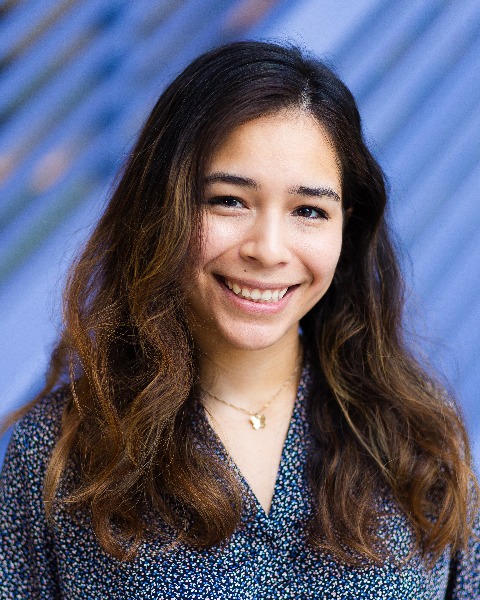Student 10-Minute Paper
Physiology, Biochemistry, and Toxicology
Student Competition
Student
Grad Competition PBT: Biomechanics and Molecular Biology
Alteration of non-biting midge (Diptera: Chironomidae) microbiome by antibiotic exposure influences susceptibility to Vibrio cholerae infection
Monday, November 6, 2023
8:00 AM - 8:12 AM ET
Location: Gaylord National Resort & Convention Center, National Harbor 13

Aria Crysta Deluna
University of Florida
Gainesville, Florida- AW
Adam Adam Wong (he/him/his)
Assistant Professor
University of Florida
Gainesville, Florida
Presenting Author(s)
Co-Author(s)
Insects serve as hosts to a wide range of microorganisms, presenting unique niches for bacteria, fungi, archaea, and protists to occupy. Chironomid eggs, larvae, and pupae have been identified as reservoirs of V. cholerae, but the extent of their interaction is not well understood. This bacterium is the causal agent of cholera, a diarrheal disease of humans, which affects an estimated 4 million people each year. Competition with symbiotic microorganisms likely impacts V. cholerae colonization in all aquatic stages of chironomids. In mouse models, clindamycin treatment depleted bacteroidota, a dominant gut symbiont of mice, while leaving other phyla unaffected. This facilitated the infection of V. cholerae. 16S rRNA sequencing has revealed that bacteroidota is a dominant phylum in the chironomid microbiome. Antibiotic contamination in aquatic environments due to their overuse in medicine and agriculture has become a global issue. These compounds may disrupt the microbiome of aquatic animals, increasing their susceptibility to pathogens like V. cholerae.
To determine how microbiome disruption may affect chironomid susceptibility to V. cholerae infection, chironomid larvae were subjected to antibiotic treatment and V. cholerae infection, then compared to untreated individuals. Differences in microbial abundance and V. cholerae infection were quantified through comparison of colony-forming unit (CFU) counts between treatment groups. Absolute and relative microbiome quantification through 16S rRNA sequencing will measure depletion of specific taxa that may be inhibitory to V. cholerae infection. These results will shed light on the microbiome’s contribution to colonization resistance of V. cholerae and how antibiotic pollution may impact this.
To determine how microbiome disruption may affect chironomid susceptibility to V. cholerae infection, chironomid larvae were subjected to antibiotic treatment and V. cholerae infection, then compared to untreated individuals. Differences in microbial abundance and V. cholerae infection were quantified through comparison of colony-forming unit (CFU) counts between treatment groups. Absolute and relative microbiome quantification through 16S rRNA sequencing will measure depletion of specific taxa that may be inhibitory to V. cholerae infection. These results will shed light on the microbiome’s contribution to colonization resistance of V. cholerae and how antibiotic pollution may impact this.

.png)

